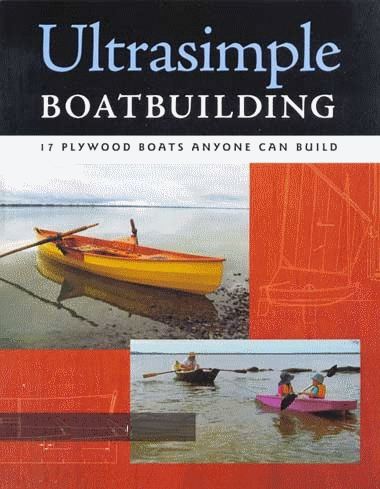

Designed by Sandy Douglas, the Thistle debuted in 1945. The sail plan consists of a marconi main, small jib, and a spinnaker. The boat planes easily in 10-12 knots of breeze and will glide effortlessly in light air.
Sandy Douglas was mentored by the superlative Uffa Fox and the racing canoe influence is readily apparent in the nimble Thistle.
One of my favorite boats, hull number sixteen, was manufactured in 1946. The Thistle Class Association has no record of this boat, so it is speculated that it was a "kit" boat, possibly assembled by its owner and probably never raced.

The original wood thistles were built by a "hot molding" method. All of the wood hulls up through the 1960s were taken from a single mold in a plywood factory, where the double diagonal mahogany strips were fastened to the mold with bronze staples and glue, then heated under pressure in the factorys drying kiln. The resulting laminate is amazingly resilient even though it is only 5/16"(79.4mm) thick. A finished hull, with lead centerboard, thwart, seats, mast partner and rudder weighs in at 500 lbs (US). The bare hulls, along with all of the wood parts were sold as a kit, so many of these old boats were finished at home by the racers themselves.
The Thistle Class migrated to fiberglass boats in the 1960s and as such are still manufactured today.

One-design rules dictate that the boats be held to strict specifications in order to be raced. There is no reason this 63 year-old wood boat would not be competitive with a modern Thistle. In fact modern racers believe the antique wood hulls to be stiffer than a fiberglass hull just a few years old. Retired wood hulls from all over the US are being restored and pressed back into service. Hull number 16 is no exception and following her restoration in my shop on the west coast of the US has moved cross-country to be raced in the Delaware area by her new owner.






0 komentar:
Posting Komentar